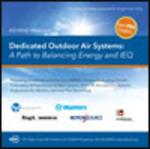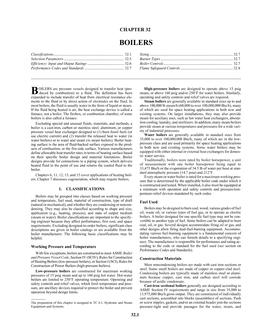Over the years, the energy efficiency of the North American housing stock has significantly improved, mainly because of higherinsulation levels, more efficient windows, and, more importantly, adoption of various energy-efficiency measures by buildingcodes. The increased insulation levels of building envelopes for homes leads to a multitude of opportunities as well as challenges.A major opportunity is to reduce heat losses and thereby significantly reduce the space heating loads. However, there are manychallenges that necessitate changes in the current construction process, durability of products, and, more importantly, the effectof higher insulation levels on the overall moisture performance and expected long-term performance of the building envelope.A major barrier to the uptake of highly insulated homes is the lack of proven evidence of reliable thermal and moisture performanceof these homes as might be achieved in various climates of Canada. Following a survey of current construction practices, a setof six wall assemblies with different types of exterior insulation systems were chosen for field monitoring study undertaken in twoseparate phases over a 2-year period in a test facility located in Ottawa, Canada. These wall assemblies ranged from total insulationvalue was R-27 to R-45 (RSI 4.8 to RSI 7.9). Full-scale testing included year-round performance monitoring. These wallspecimens were installed in a side-by-side test bay and were subjected to local climate conditions of Ottawa, Canada; on the interiorof the specimens conditions were nominally maintained at 20°C and 50% rh. This paper provides results of field trials ofthe six wall assemblies in terms of their hygrothermal performance and risk for condensation over a 2-year period of operation.
Citation: Thermal Performance of Exterior Envelopes of Whole Buildings XIII, Conference Papers
Product Details
- Published:
- 2016
- Number of Pages:
- 12
- Units of Measure:
- Dual
- File Size:
- 1 file , 11 MB
- Product Code(s):
- D-BldgConf16-49


